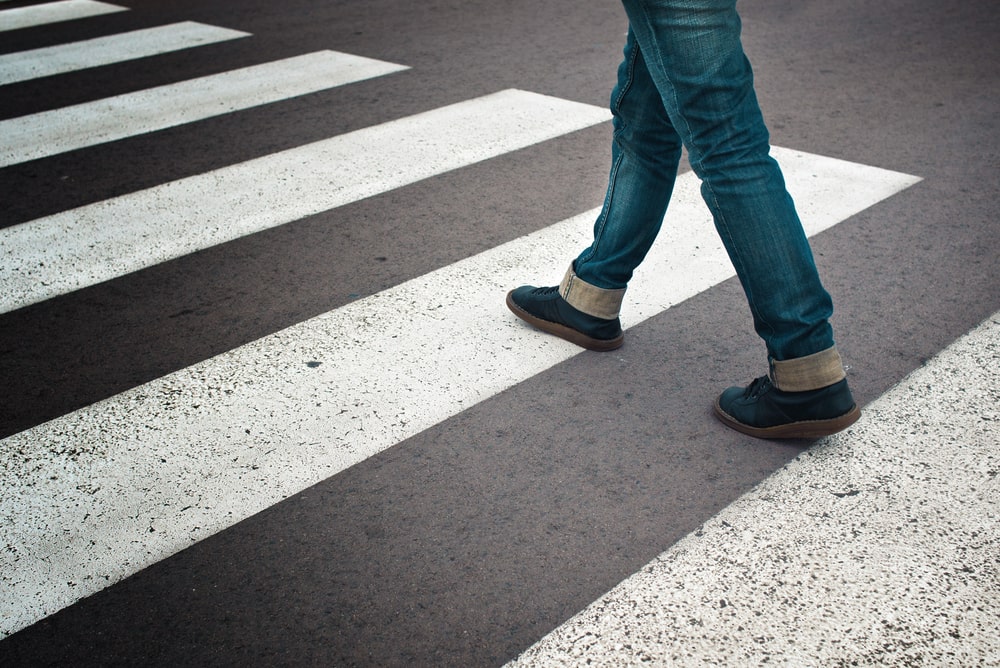
Pedestrian Accident Compensation
When someone is injured while walking, the consequences can be life-changing. From physical recovery to lost income and medical bills, the impact of a pedestrian accident can stretch far beyond the moment of the crash. That’s why it’s important to understand how compensation works in these cases. While every situation is different, certain types of damages are commonly pursued by those who are injured through no fault of their own.
Medical Expenses And Future Care Needs
One of the largest parts of any pedestrian injury claim involves medical costs. Emergency room visits, hospital stays, imaging, surgeries, physical therapy, and prescription medications can all add up quickly. These expenses are often well-documented, making them easier to include in a claim.
But for more serious injuries, the cost of care doesn’t stop after the initial treatment. Long-term therapy, assistive devices, or follow-up procedures may be necessary. A complete claim should account for both current and future medical needs, based on input from doctors and medical professionals familiar with the recovery process.
Lost Wages And Reduced Earning Potential
Being hit by a vehicle often means missing work. That time away can result in lost income, which may be recoverable through a claim. In more severe cases, the injury might prevent someone from returning to their previous job or reduce the hours they can work. This can create long-term financial strain, especially if the person was the main source of income in their household.
Claims that include lost earning potential often require a detailed look at a person’s job history, skills, and career path. These losses may not be as obvious as a medical bill, but they’re just as real.
Pain, Suffering, And Quality Of Life Changes
Not all damages are economic. Physical pain, emotional distress, and the loss of enjoyment of daily activities also matter. These non-economic damages are more subjective, but they’re often a significant part of the overall picture.
If someone can no longer run, travel, or play with their kids the way they did before, those limitations deserve to be acknowledged. In many cases, testimony from the injured person and those close to them can help paint a full picture of how their life has changed.
Proving Value In A Claim
Compensation isn’t automatically granted. It must be supported by evidence. That might include medical records, employment documentation, expert opinions, and day-to-day accounts of how the injury affects the person’s life.
Insurance companies often try to minimize payouts or challenge the amount of damages claimed. That’s where legal support becomes crucial. Attorneys like those at Aaron Feuer Law can attest to the value of a detailed and organized approach. Our friends at the firm often work closely with medical providers, economists, and vocational experts to help build strong claims that reflect the full extent of the injury.
Why Timing And Documentation Matter
The sooner someone starts documenting their injuries and related expenses, the better. Keeping records of every medical visit, missed workday, and daily struggle adds strength to a claim. It also helps prevent insurers from questioning the severity or cause of the injury.
If you or someone you care about has been injured in a pedestrian accident, it’s a good idea to speak with a pedestrian accident lawyer. A well-prepared claim can make a real difference in covering costs, supporting recovery, and moving forward with confidence.
